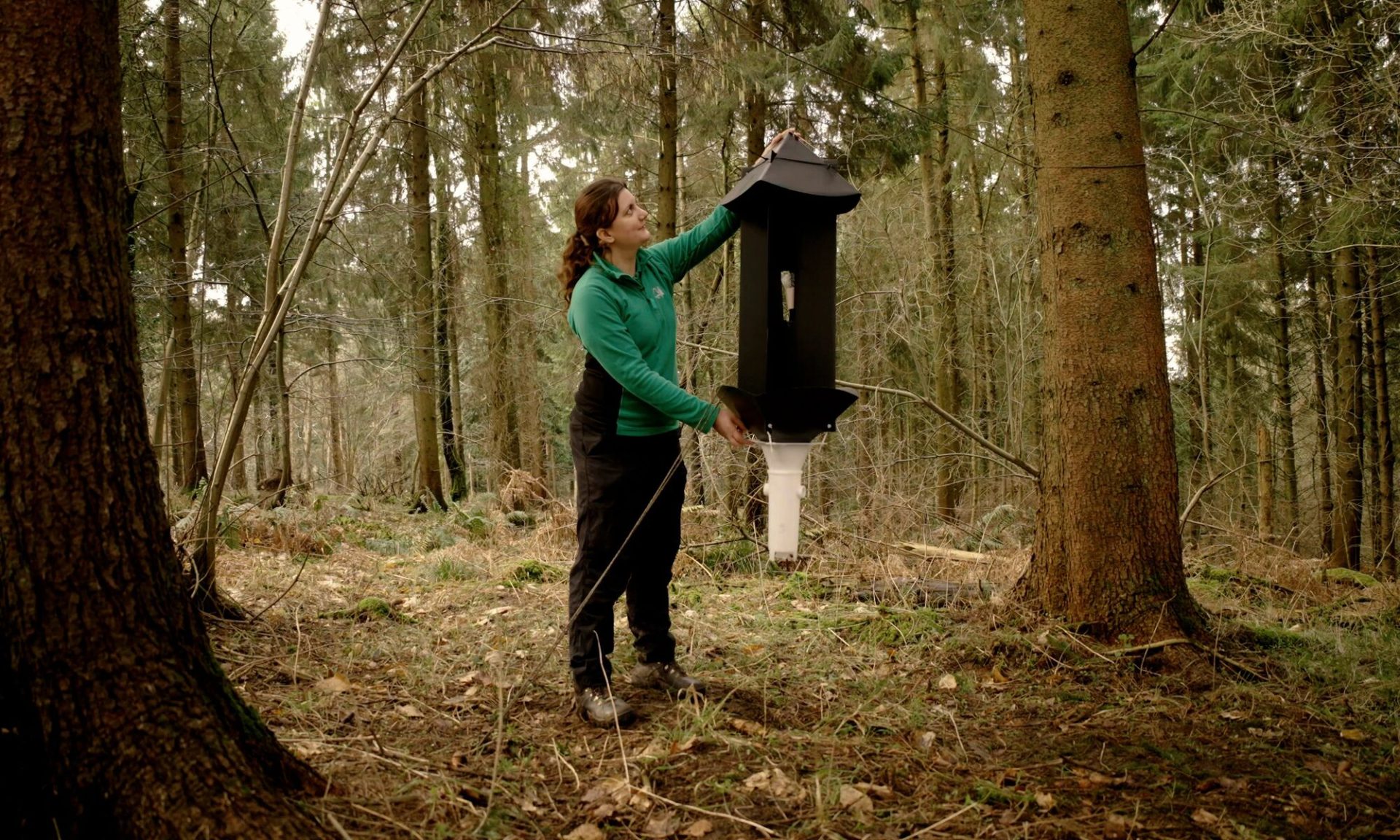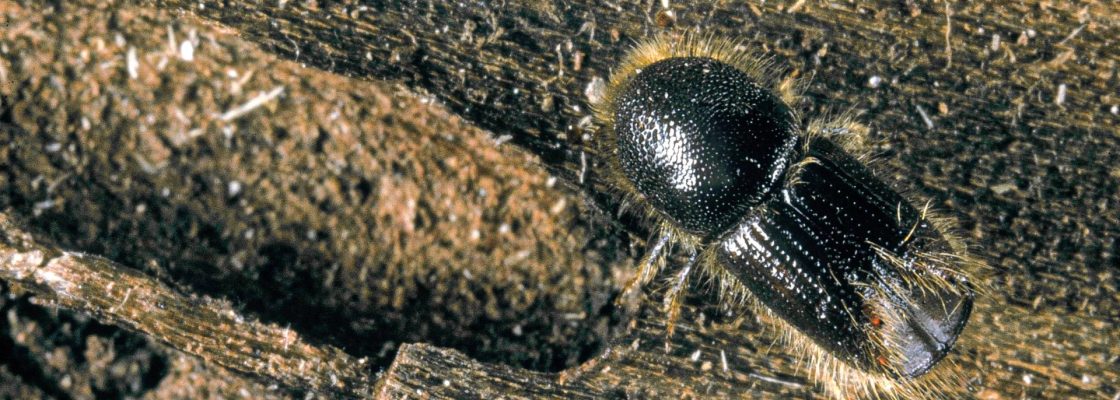Summary
Effective surveillance and forest management are vital to prevent the spread of Ips typographus and monitor blow-over from continental Europe.
The ForestLab Pest monitoring network (FLPmonet) aims to improve surveillance and awareness of Ips typographus by private landowners by empowering them to join a network of stewardship scientists running pheromone traps for Ips typographus.
This project utilises the myForest woodland management and creation platform run by the Sylva Foundation, to engage with private landowners to improve understanding of Ips typographus and convey the message that good land management practice can help to prevent establishments of this pest in Britain.

Research Objectives
- Develop a GB wide network of Ips typographus pheromone traps maintained by stewardship scientists in private woodland.
- Improve understanding of forest management best-practice for private landowners regarding preventing the spread of Ips typographus and developing their awareness of this forest pest.
- Develop a model system for engaging with private landowners through stewardship science, with broad applicability to other emerging forestry pests.
- Investigate how perceptions of landowners regarding Ips typographus (and other forestry pests) change during the project and how this influences land management decisions
Latest Update
More volunteers are now being sought who have spruce growing in woodland that they own or manage, and who are willing to host and collect samples by installing a spruce bark beetle trap.
Working with private landowners from the myForest platform, in 2024, 49 participants installed and serviced Ips typographus traps in privately owned/managed spruce woodlands as part of Defra funded project: Mobilising stewardship science to improve woodland resilience. This study was successful in expanding the coverage of Ips typographus monitoring into previously unmonitored areas and giving insights into stakeholder engagement.
FLPmonet will continue to work with our valued stewards on a number of sites across GB in the first year, increasing our recruitment of volunteers for the second year of the project to 80+ stewardship scientists.

